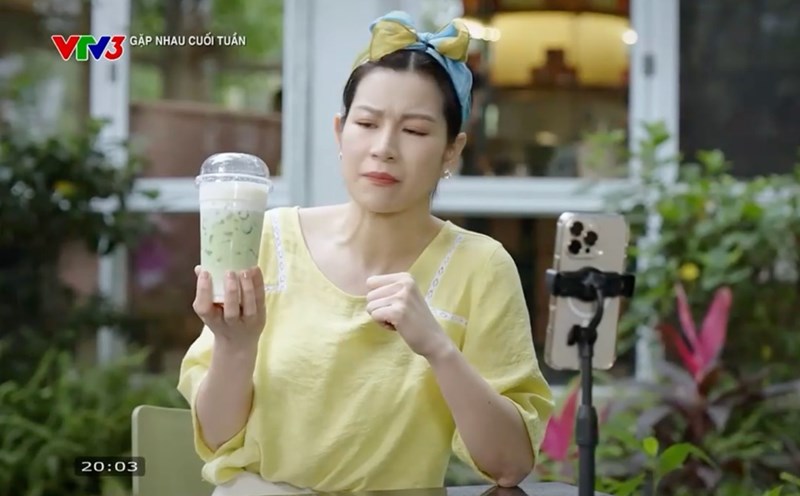Combining many methods such as checking fake lines, anti-counterfeit stamps, packaging, sensors and purchasing sources will help consumers avoid buying counterfeit goods, protect their health and finances.
Check the product line code
Most goods in Vietnam use the EAN-13 standard line code consisting of 13 digits, divided into 4 groups: national code (3 front numbers), enterprise code (4 consecutive numbers), product code of each specific item (5 consecutive numbers) and validity code (final number).
To verify:
Compare the first 3 numbers with the list of national codes to determine the place of manufacture.
Calculate the total according to the formula: (Tgedall of even × 3) + total of odd items (except 13,).
Then add the number 13. If the result is a number with an end of 0, the line code is valid. Otherwise, it can be suspected that it is counterfeit.
Knowledge through anti-counterfeit stamps
Anti-counterfeit stamps are often posted at the sealing position of the product. It is necessary to check that the stamp is still intact, not peeling or sticking on the husband. Currently, many brands use QR codes as authentication stamps.
Consumers can scan the code using an application such as iCheck, Barcode Scanner... to check the product name, manufacturing location, and evaluate users.
Observing packaging and labels
The packaging of the real product has a clear design, complete information: brand name, line code, expiry date, ingredients, instructions... printed accurately, without blurred vision. On the contrary, counterfeit goods often use cheap materials, reckless printing, false information, and lack of important details.
across-the-ys assessment
Food: The real product has a natural color, the right aroma, no defect. The counterfeit goods have a strange smell, unusual color, and are prone to mold.
Cosmetics: Real goods absorb quickly, have a light smell, and are even in texture. Counterfeit goods have a strong, liquid, foul smell, easily causing irritation.
Fashion, shoes: Real goods have sturdy sewing lines, good materials, and no odor. Counterfeit goods are often rough, easily peeling, and have a strong sticky smell.
Price comparison
Unusually cheap prices compared to the general level may be a suspicious sign. G genuine goods often have stable prices between distribution channels. If the product is much cheaper than reputable places, you need to consider carefully.
Reference reviews from users
Before buying, read previous customer reviews, especially when buying online. field responses such as improperly described goods, strange goods, suspected counterfeit goods are important warning signs.
Buy from a reliable source
Only buy at official dealers, shopping malls, or reputable e-commerce platforms with clear quality control and return policies. Avoid buying from individuals with unclear information or non-transparent websites, according to Consumer Reports.











